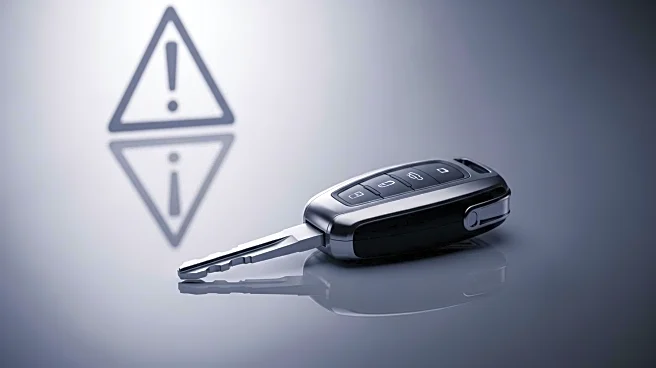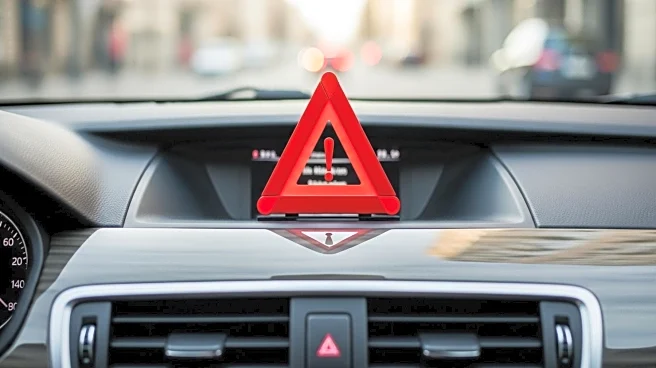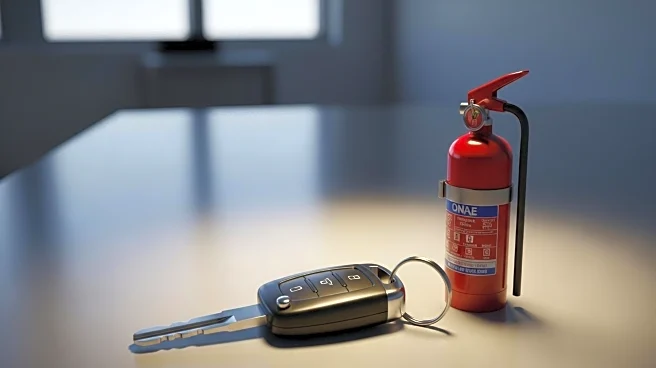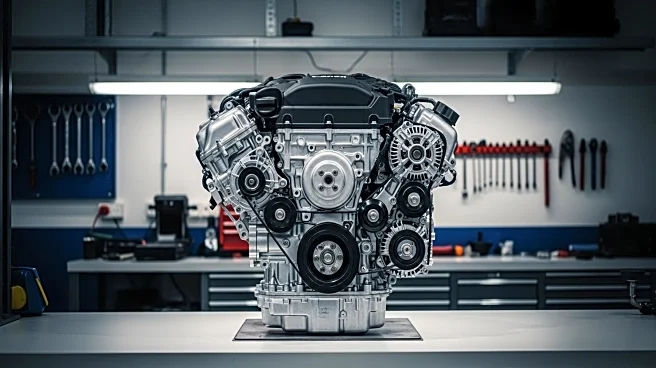What's Happening?
The National Highway Traffic Safety Administration (NHTSA) has announced recalls for several commercial vehicle manufacturers, including Ford, Volvo, and Wabash. Altec Industries is recalling certain 2023-2025 Aerial Device and 2025 Digger Derrick vehicles due to incorrect gross axle weight rating (GAWR) on certification labels, which may lead to unintentional overloading and increased crash risk. This recall affects 15 vehicles, and Altec will inspect and replace the labels as necessary. Owner notification letters are expected to be mailed by November 14, and affected owners can contact Altec customer service for further assistance.
Why It's Important?
Vehicle recalls are critical for ensuring safety and compliance with industry standards. The incorrect GAWR on Altec's certification labels poses a significant risk, as overloaded vehicles can lead to accidents and potential fatalities. This recall underscores the importance of accurate labeling and adherence to safety regulations in the commercial vehicle sector. Manufacturers and fleet operators must remain vigilant in monitoring vehicle specifications to prevent similar issues. The recall also highlights the role of NHTSA in safeguarding public safety by enforcing compliance and facilitating corrective actions.
What's Next?
Altec Industries will proceed with inspecting and replacing the incorrect labels on affected vehicles. The company will communicate with vehicle owners to ensure timely resolution of the issue. As recalls continue to be a critical aspect of vehicle safety management, manufacturers may invest in more robust quality control measures to prevent future discrepancies. Fleet operators and industry stakeholders will likely monitor the outcomes of this recall closely, assessing its impact on operational safety and regulatory compliance.
Beyond the Headlines
The recall of commercial vehicles due to incorrect labeling raises broader questions about the reliability of certification processes and the potential for human error in manufacturing. This incident may prompt discussions on enhancing technological solutions to improve accuracy and reduce the likelihood of similar errors. Additionally, it could lead to increased scrutiny of certification practices across the industry, potentially influencing regulatory changes and the adoption of more stringent safety protocols.










